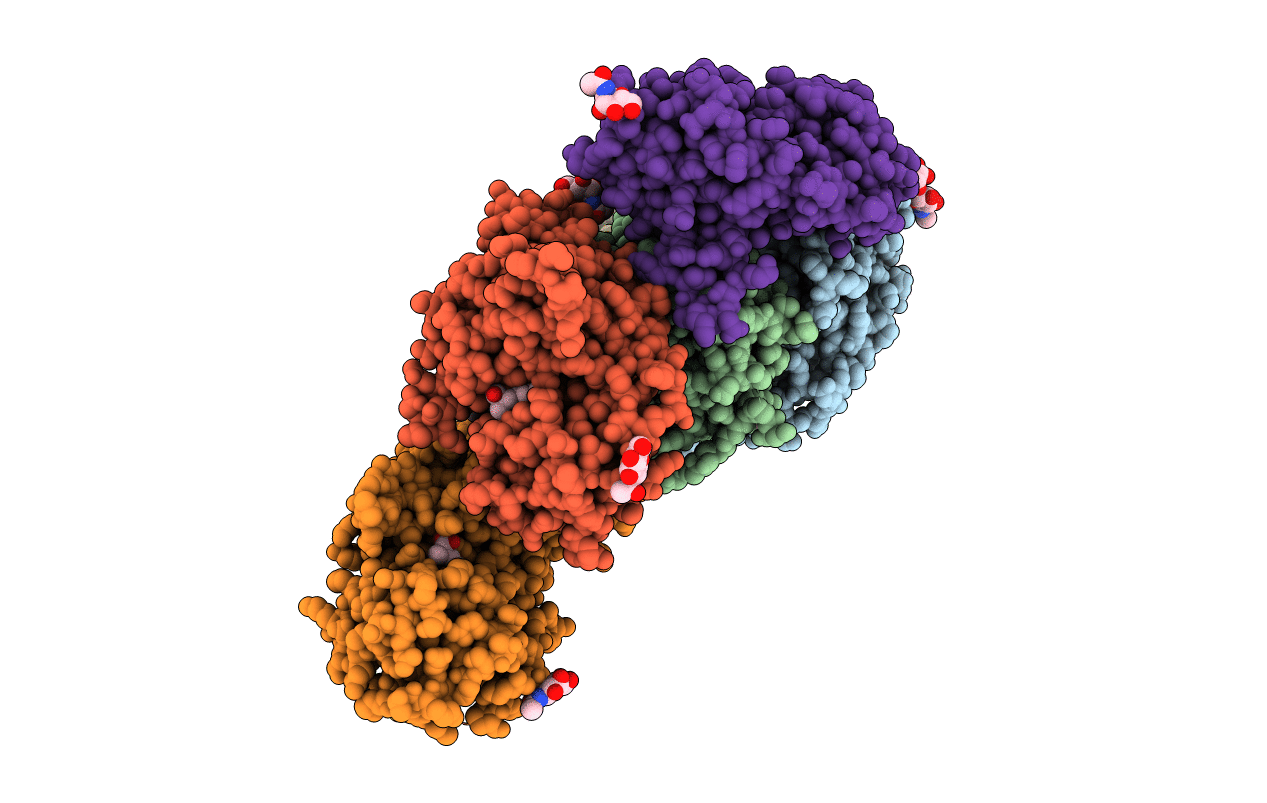
Deposition Date
2004-12-17
Release Date
2005-02-01
Last Version Date
2024-12-25
Entry Detail
PDB ID:
1YAE
Keywords:
Title:
Structure of the Kainate Receptor Subunit GluR6 Agonist Binding Domain Complexed with Domoic Acid
Biological Source:
Source Organism:
Rattus norvegicus (Taxon ID: 10116)
Host Organism:
Method Details:
Experimental Method:
Resolution:
3.11 Å
R-Value Free:
0.33
R-Value Work:
0.27
R-Value Observed:
0.27
Space Group:
C 1 2 1


